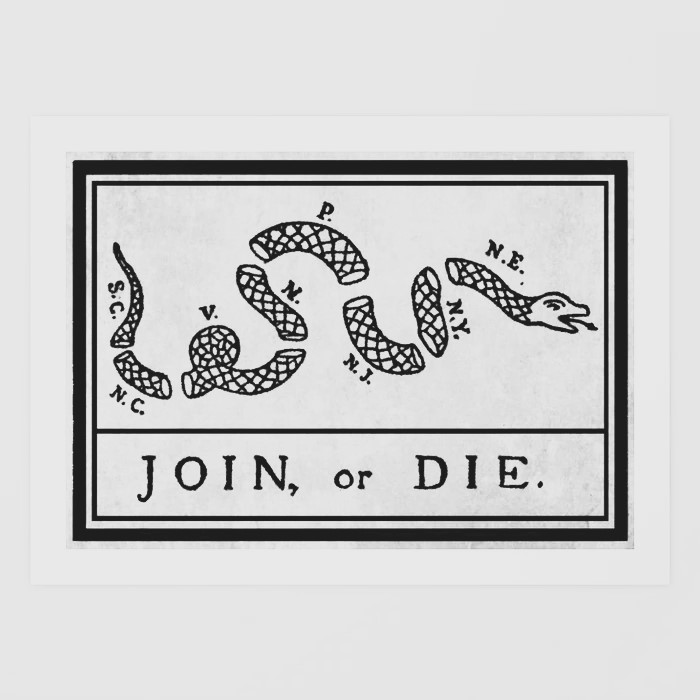When we think about probabilities in trading, we think about a simple graph that shows Win Rate v Risk : Reward. We build a strategy with this in mind. When it fails to produce over time, traders find new “edge” or blame their “mental game”. The problem is that not only is there not enough edge in either of these two topics, they are simply not enough to believe you have edge or could be a profitable trader.
Don’t get me wrong, I don’t think trading is that difficult. I’m not trying to make a mountain out of a mole hill. In fact, quite the opposite. Most traders are making a mountain out of a mole hill. Creating some great big impossible task due to simple intimidation. I want to return that mountain back to it’s proper size.
The basic math works like this:
If Win Rate (WR) >= 50% then Risk : Reward (RR) only needs to be => 1:1 to create positive expectancy. Therefor, if a trader has a 60% win rate and a 1.5 profit factor, they then have a positive expectancy system. We fudge the numbers even more when we say that, if positive, there is a 100% likelihood of success when the system is followed as the system produces a positive expectancy.
What’s interesting in this brief example is that the trader is willing to make massive assumptions while considering the “big picture” and gloss over any meaningful details they may need in order to have the luxury of a “surely good system”.
Why your system doesn’t matter that much
Trading is not this basic. It’s not a single node with value of “Trading Strategy” where this node does all your edge production.
Trading is a chain of sequential nodes linked together and dependent on the success of each other. This is why your “strategy” or “edge” cannot do all the things people want it to do and PHD level traders spend YEARS in the Strategy Development phase without truly making any money.
They are asking one node on a network to do the work of all nodes.
This will never work.
It’s the Holy Grail search but perhaps from an angle you have not heard.
Instead, we have a series of nodes that require the function of one another to operate well and produce positive returns.
Perhaps a bit better math is : ANYTHING x 0 = 0.
Let’s say you have a great system. It has a 60% probability of success per trade. You aim for a 1.5 R return per winning trade. The likelihood that you get the desired result in a session is 70%. That means that in each session, with this system, in ten sessions you will have 7 winning sessions and 3 losing sessions.
Let’s add some values here. Every system has losing streaks. Perhaps this system is good but, an extended losing period may last as long as 6 sessions. (a coin flip of 50% can have trending streaks of 6-8). Let’s say the likelihood of this streak happening is 100% over a series of 4 months. Now, let’s also say that a trader will have a losing day where they take 6 trades and all trades lose. This happening in a 3 month period is also 100%.
Remember, I am making this up to make a point.
What is the trader’s likelihood of being able to maintain focus and executional rigor during such times as their system’s worse case scenario?
Maybe their likelihood of failure in one of these situations, either due to improper size adjustments to account for current stats data or timidity in execution post event is 50%. Both variable reduce your likelihood of success even with a clearly profitable system.
Let’s look at sizing.
If you trade a 50K account with max drawdown of 5,000 (the point you question your life choices) and trade a risk of 500$ per trade and your system has a 100% likelihood of producing an 11 loser streak over a period of 100 trades, you then have 100% likelihood of failure.
I have yet to meet a trader who doesn’t consider a 10% drawdown a “slump” and thus make some adjustments to system or mental game.
So what are the nodes?
You can’t look just at WR and RR. That is just one node on the network. You have to look at something more like :
WR > RR > Max Draw Down > Behavioral Randomness > Likelihood of System Adjustment > Lost Trade Count to Max Loss > And a few more…
What is my point?
My point is simply that you cannot depend on system alone to save you. Your trading process, system, risk management, mental preparedness and strategy for overcoming data variants all need to go into consideration if you want to be more than an average trader. Winning some, losing some and then, after years of trying and “scraping by” throwing in the towel as real success always remained just one “piece” of the puzzle away.
Our trading “strategy” functions much more like the image below. This is from the American Revolution and was meant to communicate to the colonies that, if they did not work together, the whole body would die.
So it is with your trading system.
Arguing about the most important part is not only a waste of time but fully incorrect thinking. No trader who considers the “head” only without considering the whole body will never last in a risk career. They will die. This is the root of the endless search for edge in markets.
Traders who understand this to be the case have oddly simple systems and the ability to enjoy the fruits of their effort in contrast.
Your system, your process, it’s all one functioning operation dependent on the success of the previous piece. This fact reduces your odds of success from 50/50 to nearly 0. Unless the body is tuned and well connected. Then, it’s almost effortless.

